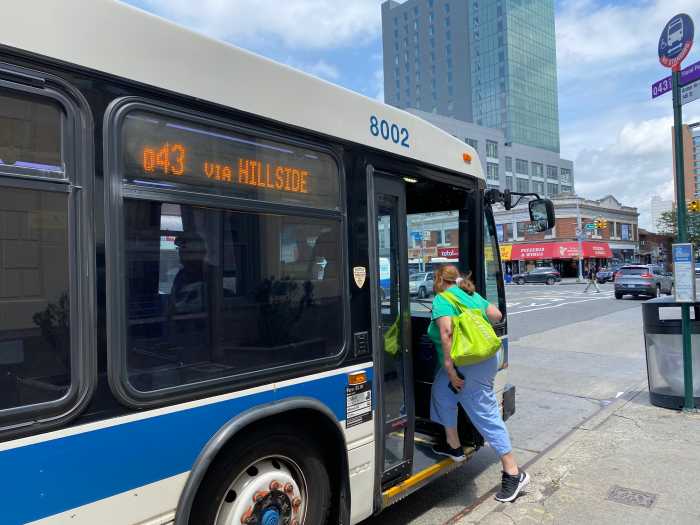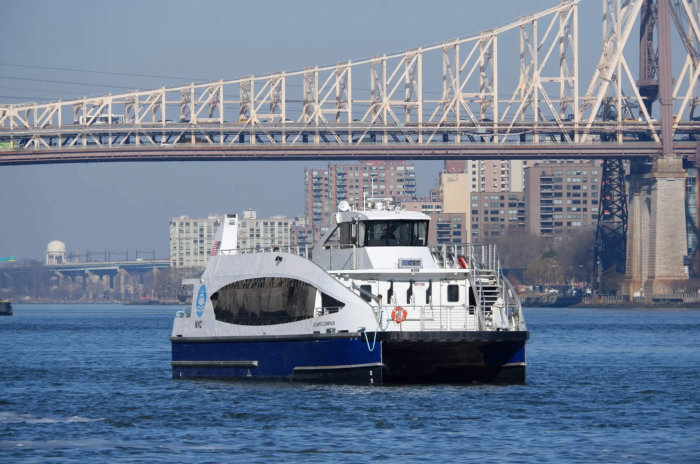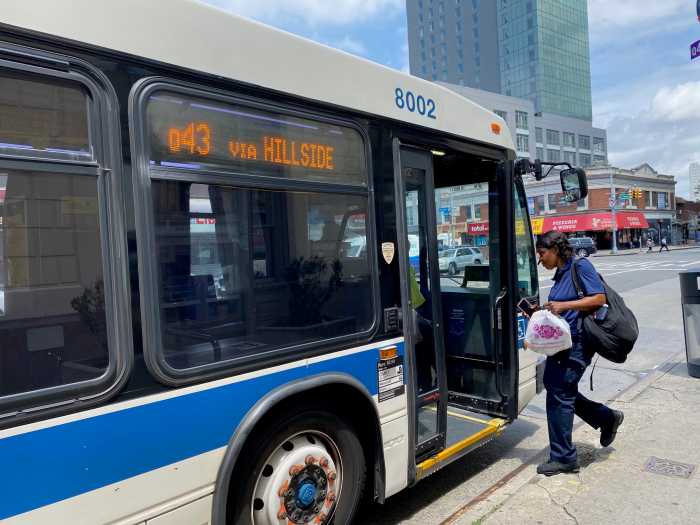
The MTA board Wednesday sent Albany a $32 billion plan to upgrade the transit system, including megaprojects like the Second Avenue subway, that is only half-funded, leaving officials to press for more money.
There is a $15.2 billion gap that needs to be filled for the MTA to complete its plan, which focuses on getting the system in a state of good repair and new technology.
“Though this capital program, we will be fulfilling our responsibility to maintain what is a trillion-dollar asset,” MTA chief Thomas Prendergast said at a board meeting.
To fill the gap, the MTA can get the state and city to step up funding toward to plan; elected officials would have to come up with a new steady revenue stream like congestion pricing; or the agency would have to borrow the money, which would put pressure on fares and service.
The plan budgets $15.5 billion for the subway system; $2 billion for buses; and $5.5 billion for projects that expand the system, like the Phase II of the Second Avenue subway and a new Metro-North route into Penn Station, with four stops added in east Bronx. There is also billions of dollars for the commuter rails.
“We think we can bring a little bit over half to the table on our own and then the dialogue is going to occur,” Prendergast told reporters after the meeting.
While the proposal easily passed the board — the bulk of the plan must get approved by a state review panel — there were objections raised to the plan’s priorities and size.
Allen Cappelli, a board member from Staten Island who was the lone “no” vote, said that it “falls short in many ways,” like requesting too little money and budgeting nothing for two critical projects in the borough.
Board member Jeffrey Kay recounted how asking Albany for money has been a mixed bag for funding past capital improvement plans.
“What’s going to make this a successful plan is the funding of the plan — how is it going to be funded, not necessarily what’s in it,” he said. “Unfortunately, this becomes Albany politics at its absolute worst.”
Riders Alliance, a grassroots transit group, said an unfunded plan would be a burden on passengers.
“We’ll need our elected leaders to step up and fund the capital plan fully, because otherwise riders will have to pay through eventual fare hikes and service reductions,” said John Raskin, the group’s director.
The MTA is even hitting up New York City for more money than usual. Part of the plan already funded assumes $625 million from the city over five years — a 25% hike from its usual $100 million annual contribution, which is considered a low amount. To help cover the gap, the de Blasio administration could kick in more. (A spokesman for Mayor Bill de Blasio said the plan and request are being reviewed.)
“Everybody benefits from the network,” said Prendergast, the MTA chief. “We’re putting an ask on them to contribute more because of the need we have to be able to fulfill this gap.”






































